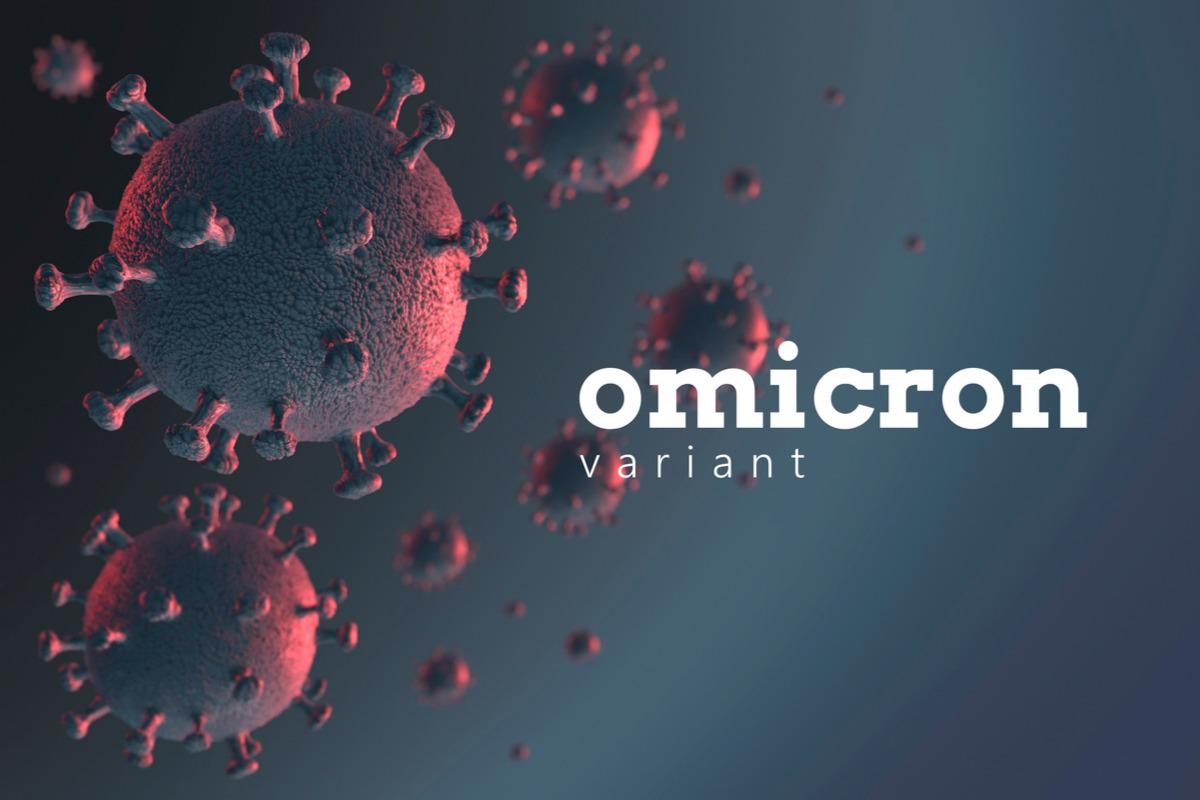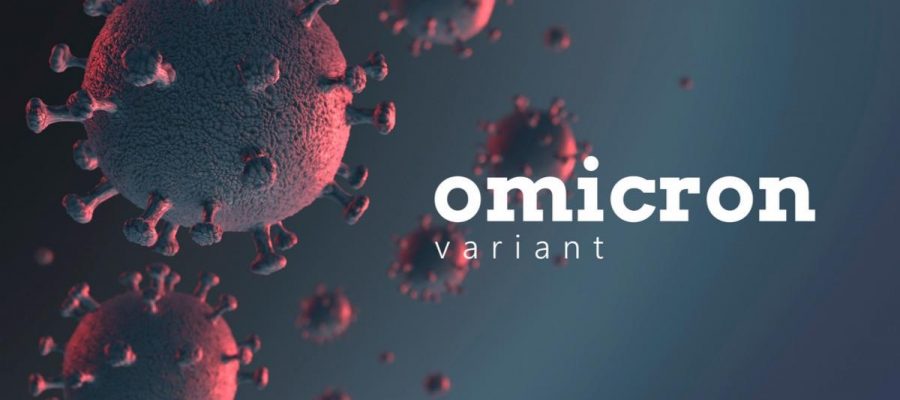A recent study posted to the Research Square* preprint platform showed that the severe acute respiratory syndrome coronavirus-2 (SARS-CoV-2) Omicron variant is a chimera of two earlier PANGO lineages of SARS-CoV-2.
 Study: Omicron: a chimera of two early SARS-CoV-2 lineages. Image Credit: anushkaniroshan/Shutterstock
Study: Omicron: a chimera of two early SARS-CoV-2 lineages. Image Credit: anushkaniroshan/Shutterstock
The coronavirus disease 2019 (COVID-19) pandemic continues to threaten global public health with the emergence of new SARS-CoV-2 variants over time. SARS-CoV-2 Omicron is the latest variant of concern (VOC) first detected in November 2021.
SARS-CoV-2 is a genetically diverse, single-stranded, unsegmented, positive-sense ribonucleic acid (RNA) virus and evolves continually, acquiring enhanced traits. The spike (S) protein of SARS-CoV-2 is crucial for viral attachment and entry into host cells and is also the prime target of antibodies, vaccines, and entry inhibitor drugs.
Earlier studies involving coronaviruses (CoVs) closely related to SARS-CoV-2 showed that it gained the ability to infect humans due to the recombination within the S protein sequence, indicating that recombination events should be surveilled to identify variants before they cause widespread infections.
The study
In the present study, researchers investigated whether the Omicron variant resulted from recombination between two early SARS-CoV-2 PANGO lineages (BA.1 and B.35). The team obtained a set of nearly 4200 whole-genome sequences of SARS-CoV-2 from the global initiative on sharing all Influenza data (GISAID) repository and National Center for Biotechnology Information (NCBI) that fall under 1263 PANGO lineages, including 29 lineages of SARS-CoV-2 variants of interest (VOIs), variants under monitoring (VUMs), and VOCs.
Initially, the sequences were filtered based on the extent of completion of sequencing that yielded about 2609 sequences. The authors screened these sequences to identify those with putative recombination events and selected them for further analysis. Using SARS-CoV-2/human/USA/UT-UPHL-211211887190/2021 as a query sequence, the researchers looked for recombination events with the recombination detection program (RDP) and verified them with the SimPlot Program package.
Findings
The authors observed that in the origin and evolution of the SARS-CoV-2 Omicron variant, at least one recombination event had occurred. The SARS-CoV-2/human/USA/COR-21-434196/2021 strain from the BA.1 PANGO lineage was identified as the major parent/source of the chimera, while the SARS-CoV-2/human/IRN/Ir-3/2019 strain (of the B.35 lineage) served as a minor source. Sequences from the minor parent hybridized into Omicron variant between the nucleotide sites 21593-23118.
This chimeric sequence encodes 144-505 amino acids of the S protein and harbors many mutations such as N211I, L212V, V213R, R214E, deletion215P, deletion216E, R346K, S371L, S373P, S375F, K417N, N440K, G446S, S477N, T478K, E484A, Q493R, G496S, Q498R, N501Y, and Y505H. It has been observed that these substitutions are seen within the N-terminal domain (NTD) of the receptor-binding domain (RBD) of the S protein.
Based on the frequency of isolation from the GISAID and NCBI databases, the BA.1 lineage is considered as a medium or high circulating lineage forming around 4.17% of total SARS-CoV-2 sequences on the GISAID repository. In contrast, B.35 lineage is rare, constituting just 0.0019% of GISAID sequences.
Moreover, the researchers report that the BA.1 lineage is not the descendent or sub-lineage of the Omicron variant but the parent lineage that recombined with the B.35 lineage to form the present Omicron VOC. It has been proposed that despite the emergence of both BA.1 and B.35 lineages in the early phase of the COVID-19 outbreak, the chimera of the two lineages did not occur until after the frequency of B.35 lineage in circulation was high enough to permit the recombination event.
Conclusions
The present study findings revealed that the appearance of the SARS-CoV-2 Omicron variant is a consequence of recombination between BA.1 and B.35 PANGO lineages, which emerged in the early phases of the COVID-19 outbreak. It was observed that recombination alone resulted in 22 amino acid substitutions of the Omicron VOC, including 16 mutations within the key RBD of the S protein.
The high number of mutations in Omicron is concerning as these impart enhanced transmissibility and binding affinity to the human angiotensin-converting enzyme 2 (hACE2) and immune escape characteristics. Furthermore, reduced efficiency of available vaccines and therapeutic antibodies has also been reported for Omicron-driven infections.
To summarize, the recombination event is pivotal for the evolution and diversity of coronaviruses as it allows the viruses to adapt to new host environments and overcome selection pressure. Therefore, research and public health measures should focus on these findings and target the recombination events to prevent the emergence of newer SARS-CoV-2 strains in the future.
*Important notice
Research Square publishes preliminary scientific reports that are not peer-reviewed and, therefore, should not be regarded as conclusive, guide clinical practice/health-related behavior, or treated as established information
-
Xiong, C. et al. (2022) "Omicron: a chimera of two early SARS-CoV-2 lineages". Research Square. doi: 10.21203/rs.3.rs-1302993/v1. https://www.researchsquare.com/article/rs-1302993/v1
Posted in: Medical Science News | Medical Research News | Disease/Infection News
Tags: Amino Acid, Angiotensin, Angiotensin-Converting Enzyme 2, Antibodies, binding affinity, Biotechnology, Coronavirus, Coronavirus Disease COVID-19, covid-19, Drugs, Enzyme, Evolution, Frequency, Genome, Influenza, Nucleotide, Omicron, Pandemic, Protein, Public Health, Receptor, Research, Respiratory, Ribonucleic Acid, RNA, SARS, SARS-CoV-2, Severe Acute Respiratory, Severe Acute Respiratory Syndrome, Syndrome, Virus

Written by
Tarun Sai Lomte
Tarun is a writer based in Hyderabad, India. He has a Master’s degree in Biotechnology from the University of Hyderabad and is enthusiastic about scientific research. He enjoys reading research papers and literature reviews and is passionate about writing.
Source: Read Full Article
